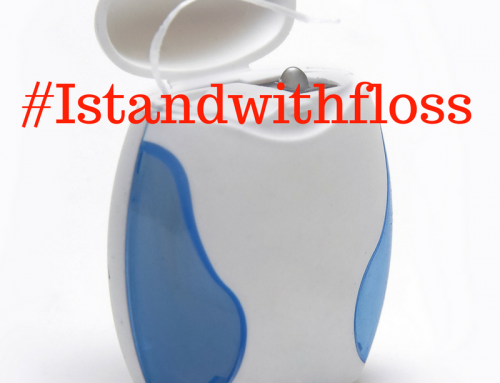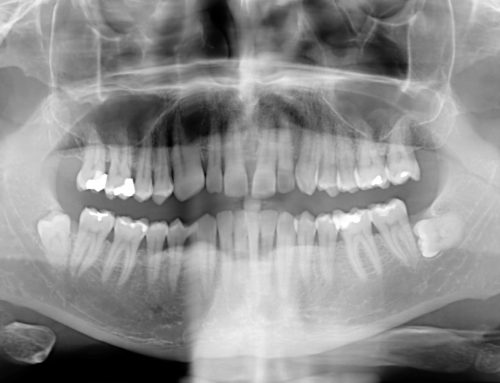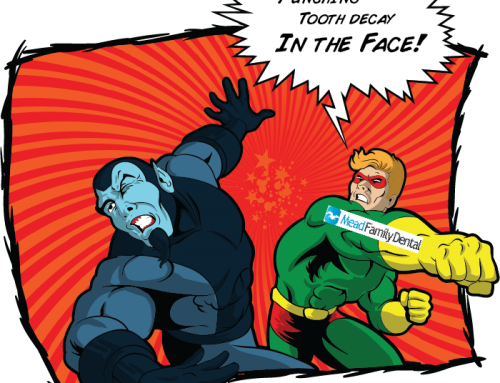We’ve got teeth for chewing, that’s for sure. And chewing means you’re getting more nutrition out of the food you consume. So that makes sense.
We also need teeth for speaking. If you’ve ever talked to a 7 year old who was missing some front teeth while waiting for their new ones to come in, you may have noticed that some of their “sss” sounds and “fff” sounds were a little off.
But what about smiling? Do we smile only as a side effect for having this awesome chewing and speaking apparatus?
The first question you might ask might be, “do any other animals smile?” The answer to that question is “kind of.”
Since people can communicate with the spoken or written word, we rely less on “nonverbal” communication than other animals. But any husband who’s ever asked their noticeably angry wife “what’s wrong?” and gotten the answer “nothing” knows…words don’t always communicate the complete meaning.
Animals communicate in a wide variety of ways. From the song of the humpback whale to the intricate dance of one bee explaining to its hive where the best flowers are, animals are amazing communicators. Often, parts of their body have become specialized to communicate. Take a beaver’s flat tail. When alarmed, one beaver can tell many other beavers of danger just by smacking that flat tail on the water. If you’ve ever heard that noise, you can see how effective it is!
Dogs and other ca nines are amazing nonverbal communicators. They have a body that’s perfectly designed to communicate with members of their pack and even the humans that come into their social circles. They’ve got tails that can wag, expressive ears, hair that can stand up or lay flat and they’ve also got long, noticeable teeth that can easily be displayed! However, if you’re seeing a dog’s teeth, you probably understand that they’re smile doesn’t mean the same thing as your grandmother’s!
nines are amazing nonverbal communicators. They have a body that’s perfectly designed to communicate with members of their pack and even the humans that come into their social circles. They’ve got tails that can wag, expressive ears, hair that can stand up or lay flat and they’ve also got long, noticeable teeth that can easily be displayed! However, if you’re seeing a dog’s teeth, you probably understand that they’re smile doesn’t mean the same thing as your grandmother’s!
It seems that our reaction to a smile is universal. In other primates, baring the teeth is usually a sign of aggression. Yet, when the teeth are shown while held closer together, it’s a sign of submission. A kind of nonverbal “hello, friend.” In humans, these kind of facial expressions seem to be instinctual. Infants can recognize a smile as soon as they can focus their eyes and even at this age the smile is associated with pleasure. Amazingly enough, human beings who were born blind and have never seen another smile are hard wired to smile themselves when they are happy and feeling pleasure.
Clearly, in humans smiling is built into our DNA. Teeth aren’t just for chewing and speaking. Teeth are for SMILING! If you aren’t happy and confident about your smile, I want to help! The team at Mead Family Dental can help you achieve the smile you’ve always wanted. We offer interest free payment plans that can fit most any budget. Give us a call at (989) 799-9133 or email me at alan@meadfamilydental.com and we’ll get you smiling again!
Did this post make you smile? Did it make the hair on the back of your neck stand up? I’d love to hear about it! You can share any Mead Family Dental post with a “Like” on Facebook, a “+1″ on Google+ or you can even “Tweet” it with Twitter! All you need to do is hover over the heart shaped button next to the title of the post. Or you can leave a comment by clicking on the balloon shaped icon next to the title.
If you’re looking for a dentist in Saginaw, we’re always happy to accept new patients! You can request an appointment online or call the office at (989) 799-9133. And, as always, you can email me at alan@meadfamilydental.com. I always answer my own emails!







